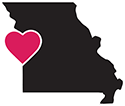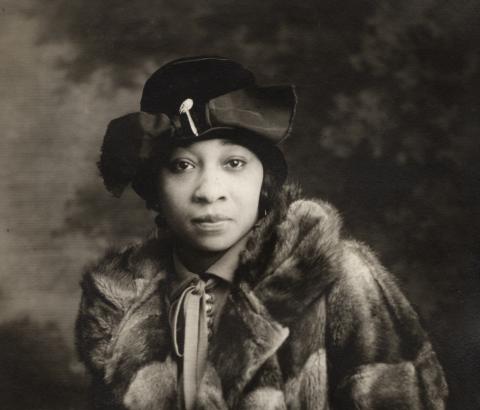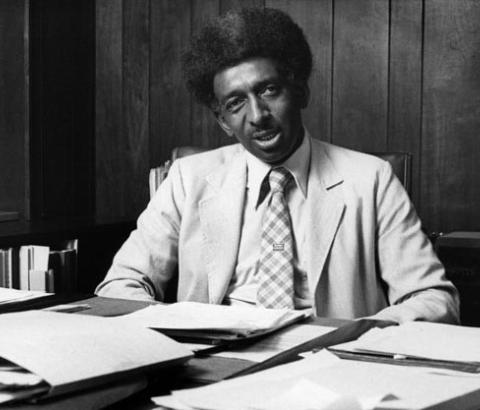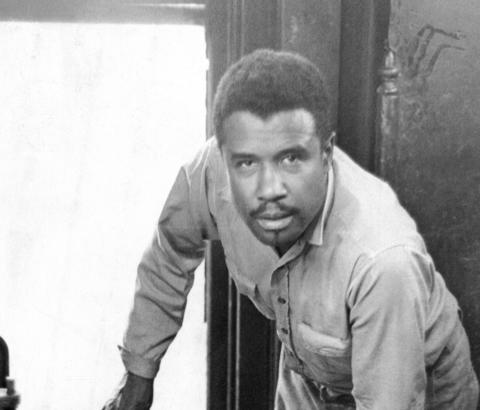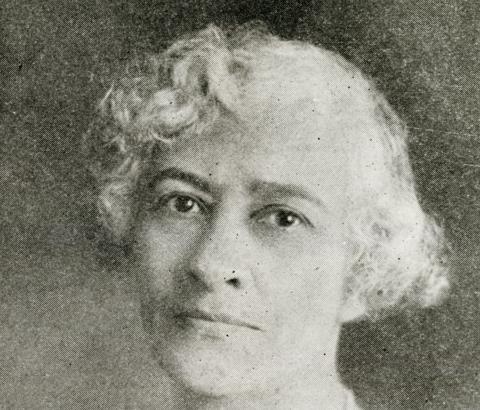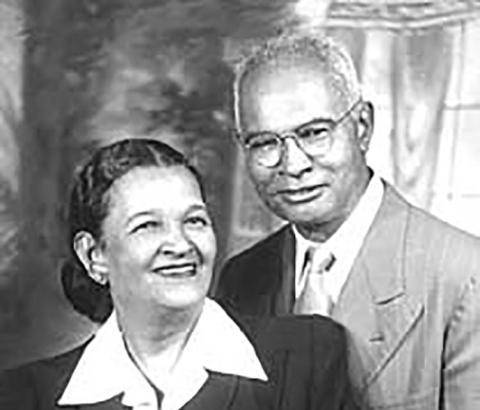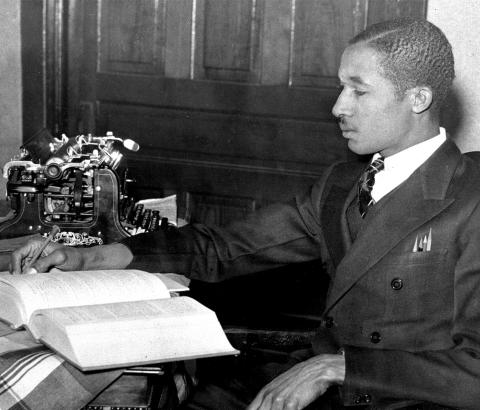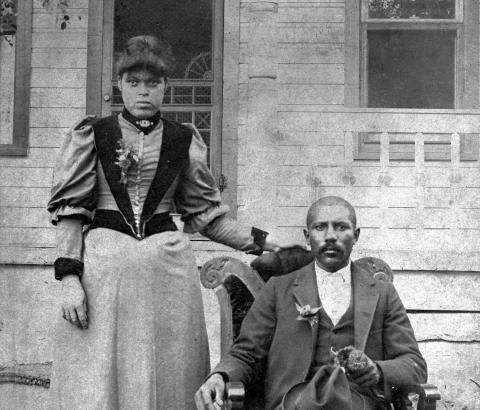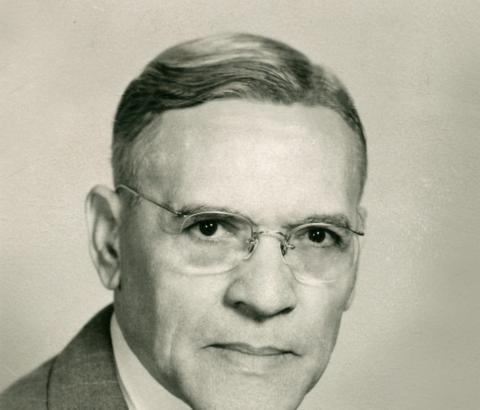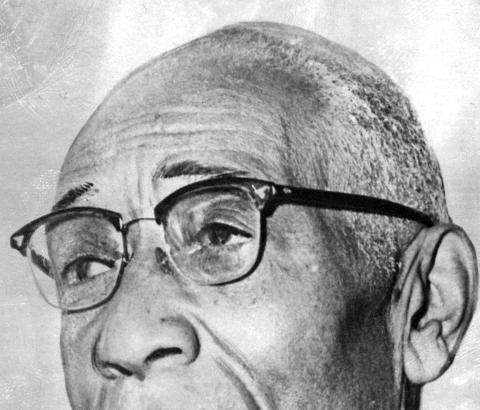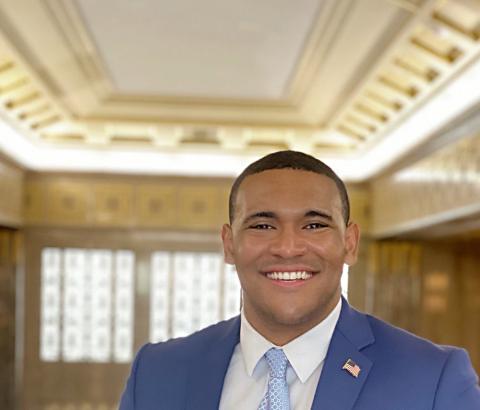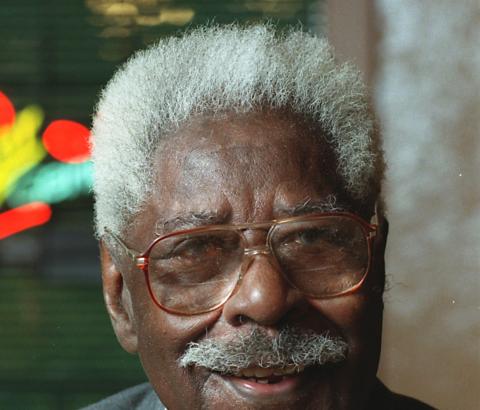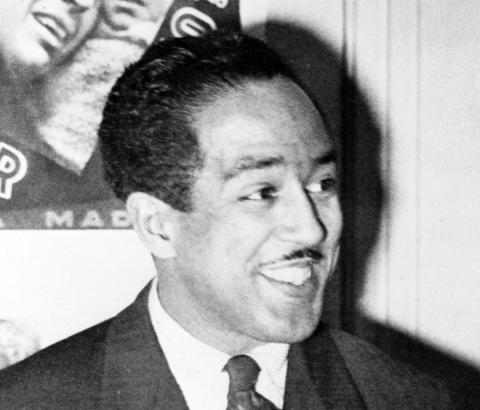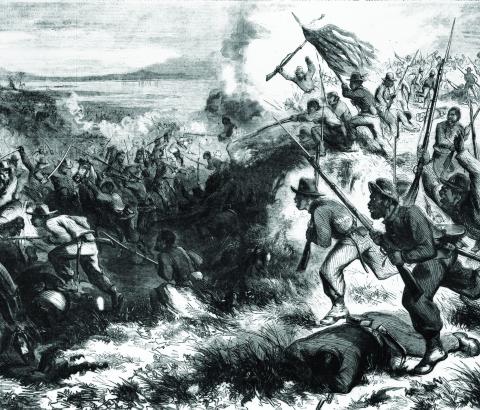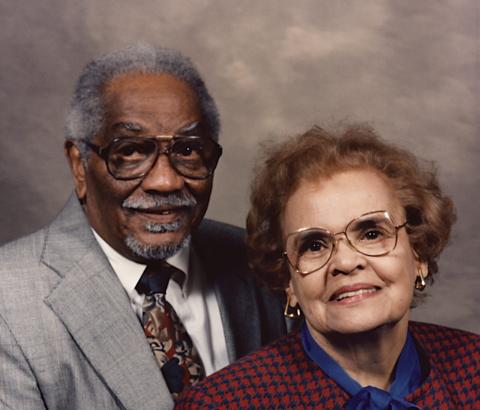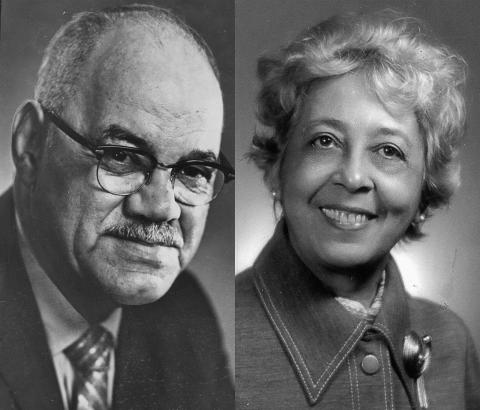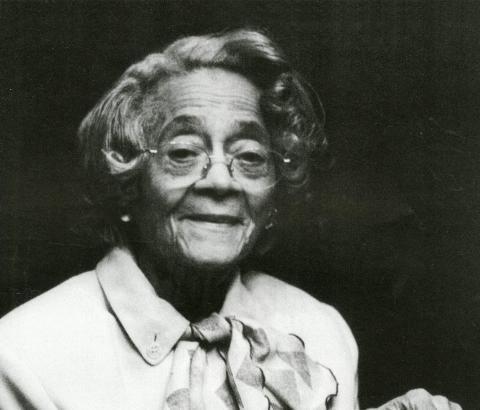Known as the “Father of African American Arts,” Aaron Douglas was born in Topeka, Kansas, and developed an interest in drawing and painting at an early age.
Articles
NEW!
Renowned composer, singer, pianist, and music critic Nora Holt broke the boundaries of what was expected of her race and sex.
Educator Eugene Eubanks championed equal opportunities for Black students and fought to desegregate Kansas City, Missouri, public schools. Raised in Meadville, Pennsylvania, Eubanks showed an early interest in and aptitude for mathematics.
For three decades, William Fambrough documented African American life in Kansas City through his photographs.
NEW!
Educator, social worker, and suffragist Myrtle Foster Cook devoted her life to enhancing the political and economic lives of African Americans, particularly Black women and girls.
By the time Chester Franklin arrived in Kansas City in 1913, he was well experienced in the newspaper business.
Sixteen years before the landmark case Brown v. Board of Education ended legal segregation in schools, Lloyd Gaines fought a court battle to attend the University of Missouri.
Farmer, landowner, and businessman Junius G. Groves was one of the wealthiest African Americans of the early 20th century.
John A. Hodge, the longest-serving principal of Sumner High School in Kansas City, Kansas, was born in Shelbyville, Indiana, and received bachelor’s and master’s degrees in physics from Indiana University.
Harold Holliday Sr. was a lawyer and legislator who devoted his career to civil rights activism. Born in Muskogee, Oklahoma, in 1918, he moved with his family two years later to Kansas City and lived there most of his life.
Holmes was the pastor at Paseo Baptist Church for 46 years and used his role in the community to advocate for better conditions for local African Americans.
We stand at a pivotal time, not only for our county but also for our state and especially our community.
Ironically nicknamed “Speedy” for his slow, soft-shoe dancing style, L. C. Huggins’ roots stretched back to the city’s Golden Age of Jazz.
A leader of the Harlem Renaissance, James Mercer Langston Hughes was a writer and social activist who developed a new literary art form called jazz poetry.
This illustration from the March 14, 1863, issue of Harper’s Weekly magazine — titled “A Negro Regiment in Action” —
depicts the Battle of Island Mound, Missouri, in October 1862.
Herman and Dorothy Johnson achieved success in numerous endeavors while contributing to institutions and causes that strengthened the social and economic interests of the African American community.
Anna H. Jones was born in Canada and graduated from Oberlin College, a private Ohio school noted for having been the first American institution of higher learning to regularly admit Black students.
The Jordans worked throughout their careers to expand the influence of African American voters and to increase the number of Black candidates for political office.
The daughter of a house painter and a domestic worker, Inez Kaiser learned the value of hard work at a young age and made herself into a nationally known business leader.
Gertrude Keith worked for many years to ensure that Kansas City’s disadvantaged residents had access to safe and affordable housing.
